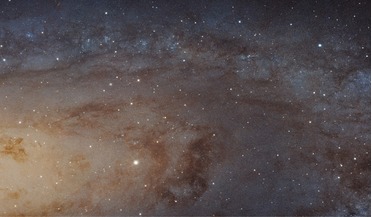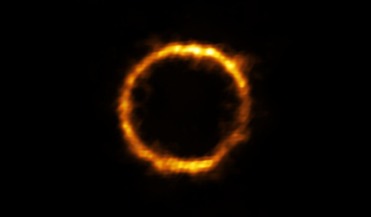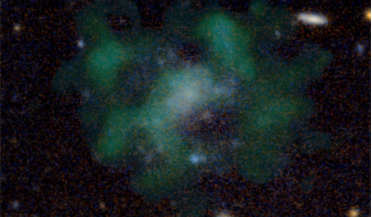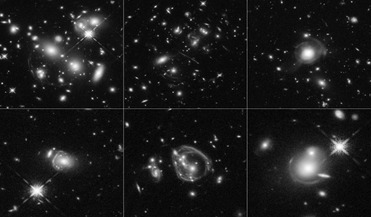 October 2016
The dwarf galaxy problem
October 2016
The dwarf galaxy problem
...physics, limited optical surveys and starless ‘dark galaxies’ are some of the possibilities suggested to account...very interesting object indeed! Combing the Virgo Cluster The dark galaxy idea is particularly intriguing - and perhaps not as outlandish ...
 12 August 2020
Distant Milky Way look-alike is a breakthrough in the field of galaxy formation
12 August 2020
Distant Milky Way look-alike is a breakthrough in the field of galaxy formation
... after the late astronomer Arthur M. Wolfe, was found so early in the Universe, this proved to be something of a conundrum. Galaxy evolution is now being called into question again after the discovery of a similar breakthrough with an object called...
 06 December 2021
Astronomers find a galaxy with no dark matter
06 December 2021
Astronomers find a galaxy with no dark matter
... a thousand times fewer stars. Because of this characteristic AGC 114905 is classified as an ultra-diffuse dwarf galaxy, with the name “dwarf galaxy” referring to its luminosity and not to its size. When visualised on a graph showing the distance...
 08 April 2020
First-ever photo proof of powerful jet emerging from colliding galaxies
08 April 2020
First-ever photo proof of powerful jet emerging from colliding galaxies
... Journal on April 7, 2020. The paper is titled "TXS 2116-077: A gamma-ray emitting relativistic jet hosted in a galaxy merger." In addition to Paliya, who is now at the Deutsches Elektronen Synchrotron (DESY) in Germany, the other Clemson authors...
 24 May 2016
Astronomers find ultra diffuse galaxy heavy in dark matter
24 May 2016
Astronomers find ultra diffuse galaxy heavy in dark matter
... matter content. "Globular clusters, made up of hundreds of thousands of stars, orbit within the gravitational field of the ultradiffuse galaxy," adds Aaron Romanowsky of San José State University (USA) one of the authors of the article. "The heavier...
 07 June 2017
Rare, massive, starburst galaxies captured in detail by Hubble
07 June 2017
Rare, massive, starburst galaxies captured in detail by Hubble
... a phenomenon called gravitational lensing, which occurs when the intense gravity of a massive object such as a galaxy or cluster of galaxies bends and magnifies the light of fainter, more distant background sources. Utilising this natural magnifying...